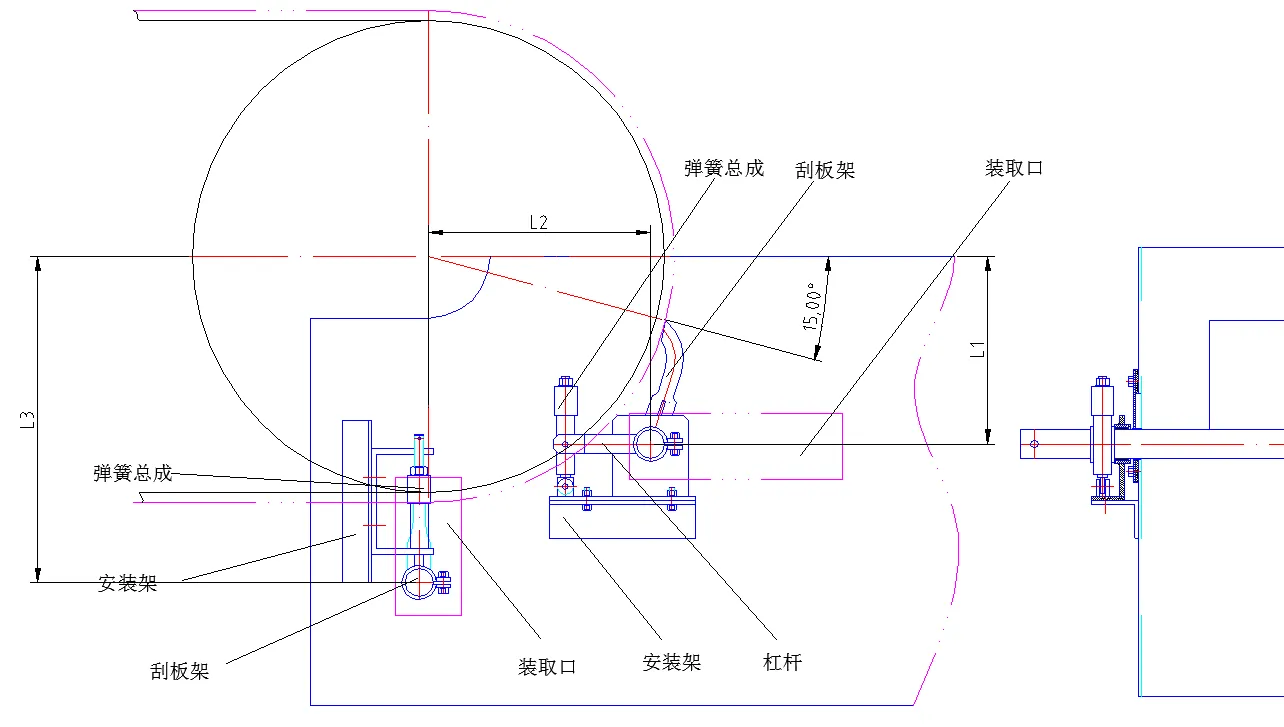 Afrikaans
Afrikaans  Albanian
Albanian  Amharic
Amharic  Arabic
Arabic  Armenian
Armenian  Azerbaijani
Azerbaijani  Basque
Basque  Belarusian
Belarusian  Bengali
Bengali  Bosnian
Bosnian  Bulgarian
Bulgarian  Catalan
Catalan  Cebuano
Cebuano  Corsican
Corsican  Croatian
Croatian  Czech
Czech  Danish
Danish  Dutch
Dutch  English
English  Esperanto
Esperanto  Estonian
Estonian  Finnish
Finnish  French
French  Frisian
Frisian  Galician
Galician  Georgian
Georgian  German
German  Greek
Greek  Gujarati
Gujarati  Haitian Creole
Haitian Creole  hausa
hausa  hawaiian
hawaiian  Hebrew
Hebrew  Hindi
Hindi  Miao
Miao  Hungarian
Hungarian  Icelandic
Icelandic  igbo
igbo  Indonesian
Indonesian  irish
irish  Italian
Italian  Japanese
Japanese  Javanese
Javanese  Kannada
Kannada  kazakh
kazakh  Khmer
Khmer  Rwandese
Rwandese  Korean
Korean  Kurdish
Kurdish  Kyrgyz
Kyrgyz  Lao
Lao  Latin
Latin  Latvian
Latvian  Lithuanian
Lithuanian  Luxembourgish
Luxembourgish  Macedonian
Macedonian  Malgashi
Malgashi  Malay
Malay  Malayalam
Malayalam  Maltese
Maltese  Maori
Maori  Marathi
Marathi  Mongolian
Mongolian  Myanmar
Myanmar  Nepali
Nepali  Norwegian
Norwegian  Norwegian
Norwegian  Occitan
Occitan  Pashto
Pashto  Persian
Persian  Polish
Polish  Portuguese
Portuguese  Punjabi
Punjabi  Romanian
Romanian  Russian
Russian  Samoan
Samoan  Scottish Gaelic
Scottish Gaelic  Serbian
Serbian  Sesotho
Sesotho  Shona
Shona  Sindhi
Sindhi  Sinhala
Sinhala  Slovak
Slovak  Slovenian
Slovenian  Somali
Somali  Spanish
Spanish  Sundanese
Sundanese  Swahili
Swahili  Swedish
Swedish  Tagalog
Tagalog  Tajik
Tajik  Tamil
Tamil  Tatar
Tatar  Telugu
Telugu  Thai
Thai  Turkish
Turkish  Turkmen
Turkmen  Ukrainian
Ukrainian  Urdu
Urdu  Uighur
Uighur  Uzbek
Uzbek  Vietnamese
Vietnamese  Welsh
Welsh  Bantu
Bantu  Yiddish
Yiddish  Yoruba
Yoruba  Zulu
Zulu Exploring the Impact of Carry and Idle Time on System Performance
The Importance of Carry Idler in Conveyor Systems
In today's fast-paced industrial landscape, efficiency and reliability are paramount. As businesses strive to optimize their operations, the role of components like carry idlers in conveyor systems becomes increasingly significant. Carry idlers are essential elements that support the weight of the conveyed materials, ensuring smooth and efficient material handling. This article delves into the importance of carry idlers, their functionality, and the various types available in the market.
Understanding Carry Idlers
Carry idlers are tubular rollers that are mounted on a conveyor structure, typically at an incline or horizontal level. They play a crucial role in supporting the conveyor belt and the materials it transports. The fundamental function of carry idlers is to facilitate the movement of bulk materials, such as coal, grain, or minerals, from one location to another with minimal friction and wear on the conveyor system.
Functionality and Design
The core function of carry idlers is to provide support and stability to the conveyor belt, allowing it to maintain its shape while carrying heavy loads. They are strategically placed along the conveyor's length to distribute the weight evenly, which reduces stress on the belt and prolongs its lifespan. Carry idlers are designed to minimize friction between the belt and the rollers, optimizing energy consumption and enhancing overall efficiency.
The design of carry idlers varies based on the specific needs of the application. They come in different shapes, sizes, and materials. For instance, rubber-coated idlers are often used in high-impact applications to absorb shock, whereas steel idlers are favored for their durability and strength in mining and heavy-duty operations. The choice of material and design is critical, as it directly impacts the performance and longevity of the conveyor system.
Types of Carry Idlers
carry idler

There are several types of carry idlers, each tailored for specific operational requirements. The most common types include
1. Standard Carry Idlers These are the typical idlers found in most conveyor systems, designed for general use. They are versatile and capable of handling a wide range of materials and load capacities.
2. Impact Idlers As the name suggests, these idlers are designed to absorb the impact of heavy materials falling onto the conveyor belt. They are usually equipped with a rubber or composite coating to minimize shock and protect the belt.
3. Self-Aligning Idlers These idlers are designed to help reduce belt misalignment. They have a conical shape that assists in centering the belt, thus minimizing wear and tear on both the belt and the idlers.
4. Carrying Idlers Used in the carrying section of the conveyor, these idlers support the bulk material being transported. They are usually designed to cater to specific load requirements and material types.
5. Training Idlers These help to steer the belt in the right direction, preventing it from veering off course during operation. They ensure that the belt remains positioned accurately, enhancing the system's overall reliability.
Conclusion
The significance of carry idlers in conveyor systems cannot be overstated. They are integral components that enhance efficiency, reduce operational costs, and prolong the lifespan of conveyor belts. Choosing the right type of carry idler not only ensures optimal performance but also contributes to the safety and reliability of the entire material handling system. As industries continue to evolve, the advancements in carry idler technology will further drive efficiency and innovation in conveyor system design, paving the way for more streamlined operations across various sectors. Keeping these components well-maintained and suited to specific applications will ensure that businesses remain competitive in an ever-changing market landscape.
-
Revolutionizing Conveyor Reliability with Advanced Rubber Lagging PulleysNewsJul.22,2025
-
Powering Precision and Durability with Expert Manufacturers of Conveyor ComponentsNewsJul.22,2025
-
Optimizing Conveyor Systems with Advanced Conveyor AccessoriesNewsJul.22,2025
-
Maximize Conveyor Efficiency with Quality Conveyor Idler PulleysNewsJul.22,2025
-
Future-Proof Your Conveyor System with High-Performance Polyurethane RollerNewsJul.22,2025
-
Driving Efficiency Forward with Quality Idlers and RollersNewsJul.22,2025





























